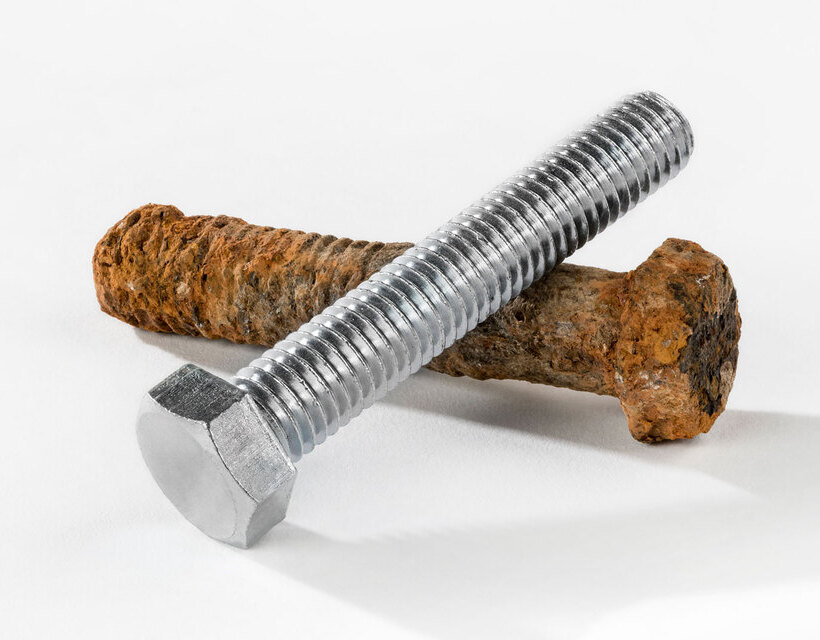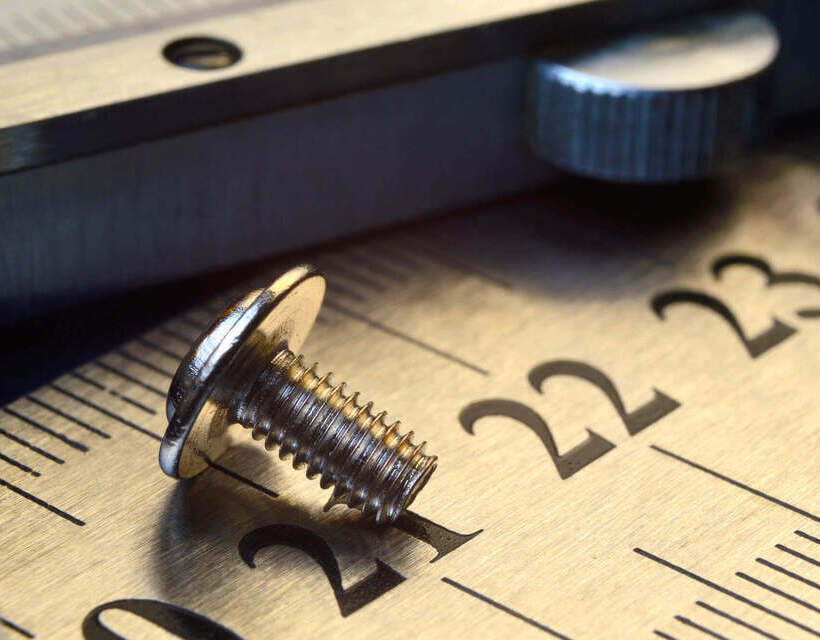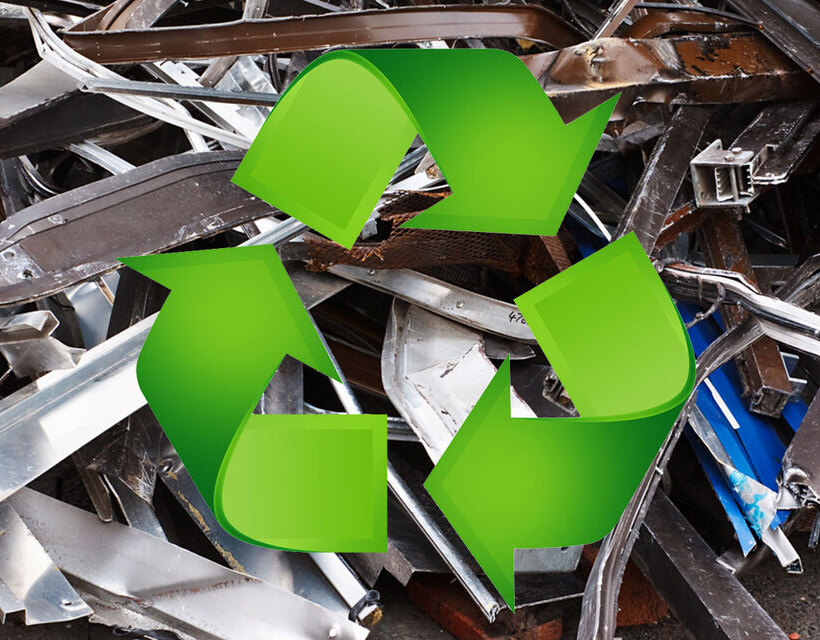Aerospace fasteners are a critical component of aircraft and spacecraft. Choosing the right material for aerospace fasteners is essential in order to ensure the safety and reliability of these vehicles.
Stainless steel is one such material, which has proven to be highly suitable for aerospace applications. The properties of stainless steel make it an excellent choice for aerospace fasteners. It has good corrosion resistance, high strength-to-weight ratio, and high temperature capability; all of which are important factors in determining its suitability for aerospace applications.
Furthermore, stainless steel is also relatively easy to machine and form into complex shapes, making it a great choice for customized parts. Additionally, stainless steel can be plated with other materials to enhance its performance in certain conditions or environments.
All of these features combine to make stainless steel an extremely effective material for aerospace fasteners.
Corrosion Resistance

Stainless steel is an ideal material for aerospace fasteners due to its many advantageous properties.
One of the main benefits of stainless steel for aerospace fasteners is its corrosion resistance. It has a higher concentration of chromium than most other metals, making it resistant to oxidation and rusting on contact with air and moisture. This ensures that the fasteners remain in good condition even when exposed to harsh environments such as high temperatures, humidity, or salty air.
Furthermore, stainless steel can withstand strong mechanical forces without being damaged and is not prone to fatigue failure. Its non-magnetic properties also make it useful for applications where magnetic fields must be avoided.
In addition, stainless steel has relatively high tensile strength compared to other materials and this makes it suitable for applications requiring secure fastening.
Overall, these factors demonstrate why stainless steel is one of the best materials available for aerospace fasteners.
Strength-To-Weight Ratio
When it comes to aerospace fasteners, the strength-to-weight ratio is a critically important factor.
Stainless steel has been flown since the dawn of powered flight and continues to be the material of choice for many modern aircraft applications due to its superior strength-to-weight ratio.
Through heat treatment, stainless steel can be made nonmagnetic and hardened to achieve higher levels of strength while staying relatively lightweight.
This is why aerospace engineers throughout history have looked to stainless steel as an irreplaceable material for aircraft fasteners.
In addition, stainless steel offers superior corrosion resistance in comparison to other materials.
This makes it ideal for aerospace fasteners since any weakened parts caused by corrosion could lead to catastrophic failure midflight.
Its combination of durability and lightness make stainless steel the perfect choice for aircraft components that need both strength and reliability.
As such, it remains an integral part of air travel even in the age of space exploration – a testament to its timelessness and dependability.
High Temperature Capabilities
Stainless steel is the ideal material for aerospace fasteners due to its high temperature capabilities.
Heat conduction in stainless steel is excellent, making it a great choice for areas that are exposed to extreme temperatures, such as on an aircraft at high altitudes. This means that heat is quickly and evenly distributed amongst the fasteners and other components, reducing any hot spots or risk of damage associated with thermal expansion.
Furthermore, stainless steel demonstrates remarkable resistance to thermal expansion. This quality makes it possible for the same fastener size to be used across varying temperature ranges.
As a result, stainless steel offers aircraft manufacturers a reliable and cost-effective option when selecting parts for their aerospace projects.
In addition, stainless steel fasteners are:
- Highly durable
- Easy to assemble
- Lightweight yet strong
These qualities make stainless steel an ideal material for aerospace applications where strength and durability are of importance.
Machinability And Formability

Stainless steel has the ability to maintain its structural integrity even at high temperatures, making it an ideal material for aerospace fasteners.
It is also highly machinable and formable, allowing for high speed machining. This capability is especially useful in the aerospace industry where components often must be cut to precise measurements and specifications.
Heat treating stainless steel can further enhance its properties, making it more corrosion-resistant and durable. Through careful heat-treating processes such as annealing, hardening or tempering, stainless steel can attain desired levels of strength and hardness.
This makes it perfect for use in extreme temperature environments that are common in aerospace operations. These characteristics combined make stainless steel one of the best materials available for aerospace fasteners.
Plating For Enhanced Performance

Aerospace fasteners manufactured from stainless steel are truly a marvel of engineering. Offering unparalleled strength and resilience, they are the perfect choice for any application requiring advanced performance.
Optimized plating of these fasteners can take their performance to extraordinary heights, providing enhanced elasticity properties that make them more reliable in extreme conditions.
Plating is applied to aerospace fasteners to improve their overall performance and increase their longevity. Through advanced techniques such as anodizing or electroless nickel coating, the stainless steel fastener is further fortified and adapted to withstand harsh environments and extreme temperatures.
This process also adds corrosion resistance, ensuring that the fastener remains secure and performs optimally over extended periods of time. The result is a product that is tailored to meet exacting standards while providing maximum protection against wear and tear.
Corrosion Protection
Stainless steel is an ideal material for aerospace fasteners due to its inherent corrosion resistance and the ability to apply surface treatments to further enhance performance. The combination of these two resistance mechanisms provides superior protection in even the most challenging environments.
Surface treatments are one of the key factors in determining how well stainless steel can resist corrosion. Common surface treatments include passivation, electro-polishing, thermal oxidation and nitriding.
Passivation is a process that removes free iron from the surface of stainless steel and forms a thin oxide layer that increases its corrosion resistance. Electro-polishing is used to remove a thin layer of metal from the surface of the component and create a smoother finish. Thermal oxidation involves heating the component up to very high temperatures, creating an oxide layer which improves corrosion protection. Nitriding is another form of heat treatment which hardens the steel and increases its wear resistance, without negatively affecting its corrosion protection properties.
These treatments all have their own advantages and disadvantages, but they are all effective at providing extra layers of protection against corrosion agents as well as increasing the lifespan of stainless steel components used in aerospace applications:
- Passivation: Creates a thin oxide layer that improves corrosion protection without affecting other properties of stainless steel
- Electro-Polishing: Removes metal from the surface creating a smoother finish and reducing surface defects
- Thermal Oxidation: Creates an oxide layer that improves corrosion protection
- Nitriding: Hardens stainless steel while maintaining its corrosion resistance properties
In addition to these treatments, coatings can also be applied to provide additional layers of protection against abrasion or chemical damage caused by environmental factors such as salt water or extreme temperatures. These coatings provide an extra layer of protection for any components used in aerospace applications where durability and reliability are essential for safety reasons.
Durability
Stainless steel is an optimal material for aerospace fasteners due to its remarkable durability. Its high shock resistance makes it particularly suitable for use in aircraft, where exposure to extreme temperatures and pressures can cause mechanical stress. This property also means that stainless steel fasteners are able to withstand a higher degree of vibration in comparison to other materials.
Furthermore, the wear resistance of stainless steel ensures that it will not degrade or corrode under harsh environmental conditions, providing long-term reliability and performance. As such, aerospace engineers have come to rely on stainless steel as an ideal material for fastening components together in aircrafts and other aircraft related structures. With its unique combination of strength, corrosion resistance and shock tolerance, stainless steel is the best choice for aerospace fasteners.
Weight Reduction
Aerospace fasteners must meet strict standards for performance and reliability. Stainless steel is the ideal material for these applications due to its impressive characteristics such as non-magnetic properties, strength, and corrosion resistance. A single pound of stainless steel can support up to 30,000 pounds of force. This makes it a great choice for aircrafts operating in extreme conditions where weight reduction is essential.
Weight reduction is an important factor in aerospace engineering. The use of stainless steel instead of other materials such as aluminum or titanium provides several advantages:
- Strength: Stainless steel has a higher tensile strength than other lightweight alternatives, making it easier for aircraft designers to reduce the weight of their structures without compromising safety.
- Non magnetic properties: Stainless steel does not attract magnetic fields which reduces the risk of damage caused by lightning strikes and other sources of electromagnetic interference (EMI).
- Corrosion Resistance: Stainless steel is highly resistant to corrosion, so aircraft designers can be confident that components will last longer even when exposed to extreme weather conditions.
The combination of these factors make stainless steel the best material for aerospace fasteners. It offers superior strength while still allowing engineers to design lighter aircrafts that are more fuel efficient and safer for passengers.
Cost Effectiveness
Stainless steel is the ideal material for aerospace fasteners due to its cost effectiveness. Compared to other materials, its initial purchasing costs are low, and it provides significant cost savings over time due to its durability and long-term strength.
Stainless steel is highly resistant to corrosion and abrasion, meaning that it can be reused over a long period of time without damage or wear. This means that any repairs or replacement parts necessary are few and far between, allowing for maximum economic efficiency. In comparison to fiber alternatives, stainless steel is much more cost effective as it can last up to three times longer than fiber-based materials. Furthermore, stainless steel fasteners are more efficient in terms of installation and removal while still providing optimal performance.
As such, they should be considered the preferred choice when selecting aerospace fasteners due to their cost effectiveness over the long term. The benefits of stainless steel do not stop at cost savings alone; its superior strength also makes it an ideal choice for aerospace applications. It is capable of withstanding extreme temperatures, making it suitable for use in heated or cold environments.
Additionally, it is lightweight yet strong enough to resist vibrations and impacts found in aircraft engines or wind turbines. Its robustness allows for reliable connections even under harsh conditions, ensuring dependable performance from aircraft components during flight operations. Overall, these features make stainless steel a great option for aerospace fasteners when considering both short-term and long-term economic concerns.
Recyclability

In addition to cost effectiveness, another advantage of stainless steel for aerospace fasteners is its recyclability. Stainless steel is a valuable material source which can be recycled and reused repeatedly with no loss of performance or quality. Its ability to be recycled makes it an attractive choice for green manufacturing and sustainability impact.
The process of recycling stainless steel saves energy, reduces greenhouse gas emissions, and preserves natural resources since it produces fewer pollutants than other materials that need to be mined or harvested from the environment. Furthermore, the process is also less costly since it eliminates the need to purchase new material and eliminates waste disposal costs.
The use of recycled stainless steel helps enhance a company’s environmental profile and reduce their carbon footprint significantly.
Conclusion
Stainless steel is the unquestioned leader when it comes to aerospace fasteners. Its superior corrosion resistance, strength-to-weight ratio, high temperature capabilities, machinability and formability, plating for enhanced performance, durability and weight reduction make this material a no-brainer choice for aerospace engineers.
Not to mention its cost effectiveness, recyclability and ease of manufacturing make it an attractive option that can’t be overlooked in the aerospace industry.
In conclusion, stainless steel is the obvious choice when it comes to aerospace fasteners – what other material could compete?
